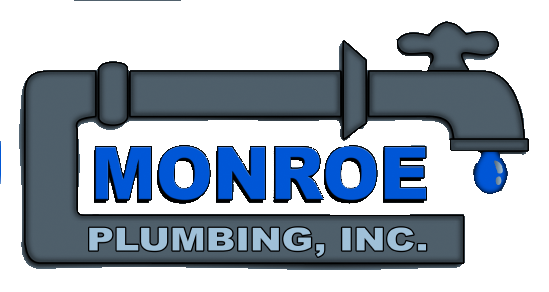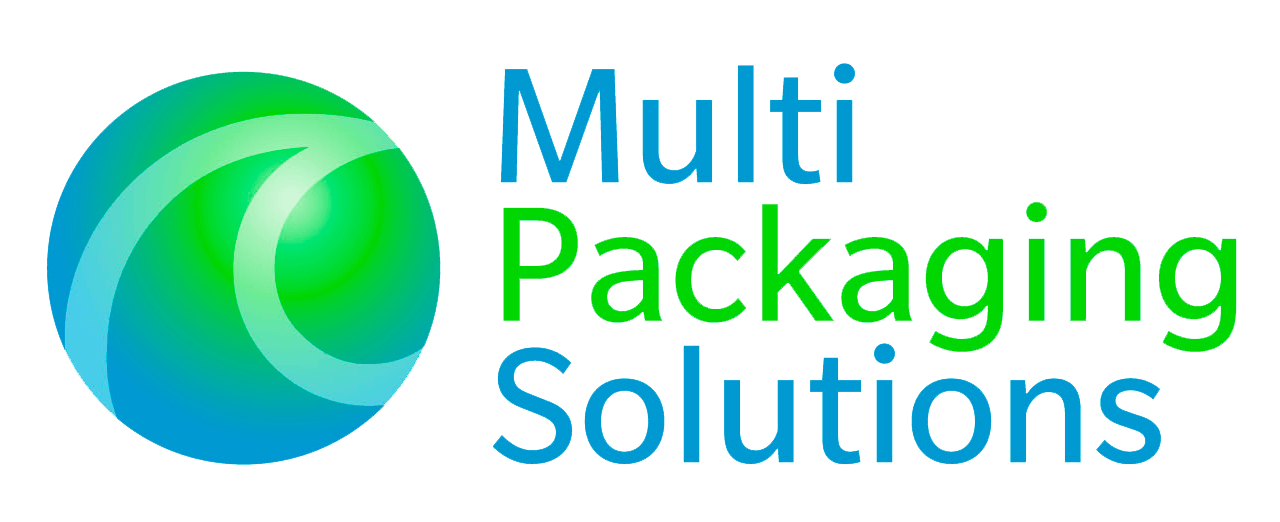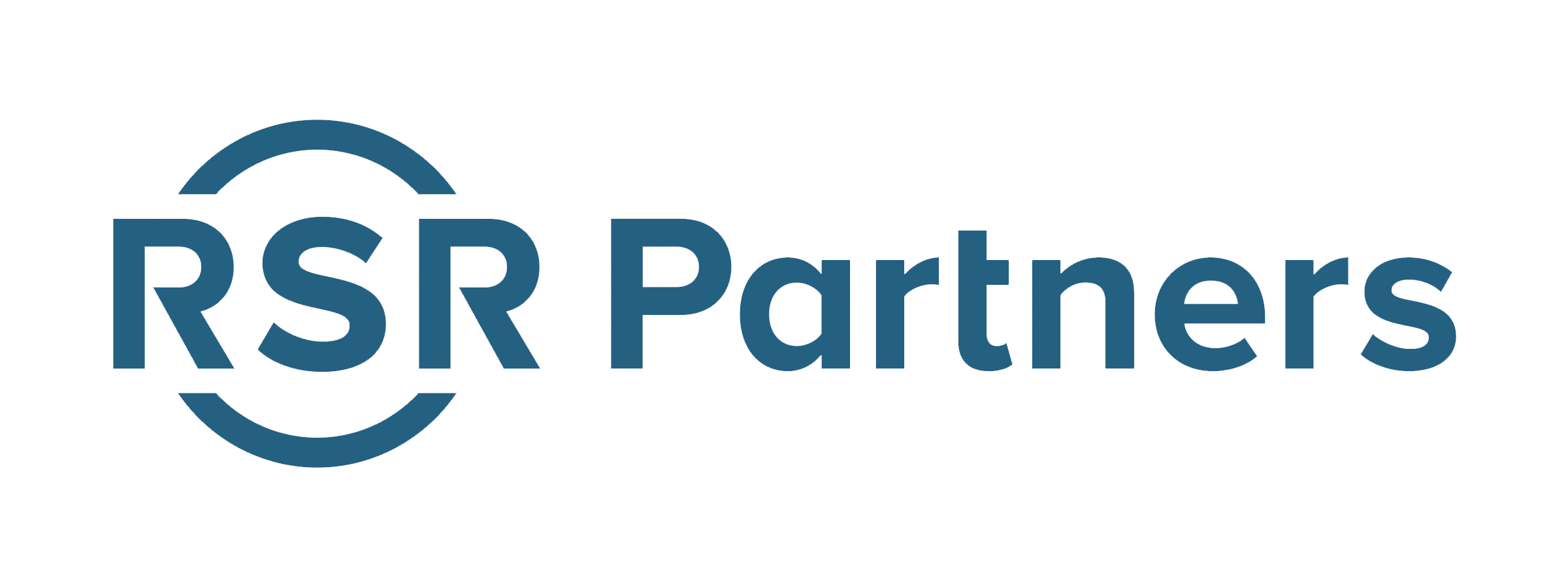In today’s highly competitive business landscape, staying ahead of the competition is crucial for the success and growth of your company. One strategy that can give you a significant advantage is investing in custom software with generative AI capabilities. Generative AI has been making waves in the industry, promising advanced solutions and improved performance. But before you jump on the bandwagon, it’s essential to understand the potential benefits and evaluate whether it is the right financial move for your business. In this brief read, we will guide you through the decision-making process, providing insights on assessing your business goals, conducting an ROI analysis, evaluating your industry and competition, assessing your data and resources, running pilot projects, considering regulatory and ethical considerations, ensuring scalability and long-term viability, managing risks, and seeking advice from AI experts and consultants. By carefully considering these factors, you can make an informed decision on whether your custom software needs generative AI to stay ahead of the competition and drive your business to new heights.
Before integrating generative AI into your custom software, it’s critical to have a clear understanding of your business goals. Are you looking to streamline operational processes, improve customer experience, or enhance your product offerings? Once you’ve defined your objectives, you can begin to assess the potential benefits of AI in achieving these goals.
Generative AI can offer substantial advantages, including automating routine tasks, generating new ideas, personalizing user experience, and producing high-quality outputs in a fraction of the time. It’s important to note that the value of AI is not just about cost savings or increased efficiency. It’s also about unlocking new opportunities and capabilities that were not possible before.
Identifying the Specific KPIs to Improve
Once you’ve defined your business goals and assessed the potential benefits of generative AI, the next step is to identify the specific Key Performance Indicators (KPIs) that you aim to improve. KPIs serve as measurable values that demonstrate how effectively your company is achieving key business objectives. They provide a clear target against which you can measure the success of your AI implementation.
For instance, if your goal is to improve customer experience, relevant KPIs could include customer satisfaction scores, churn rate, or average resolution time. If your objective is to enhance operational efficiency, you might look at metrics like process throughput, error rates, or resource utilization.
Measuring Success
Integrating generative AI into your custom software is an investment that comes with its financial implications. Typically, the cost includes the following:
- the price of the AI technology
- data collection and processing
- expenses related to system integration
- potential training costs for staff
You’ll also want to consider the potential savings and revenue boosts that AI can bring. Generative AI has a myriad of tangible benefits such as:
- Automating routine tasks
- Freeing up your employees’ time to focus on higher-value activities
- Generating innovative solutions to complex problems
The key to a successful ROI analysis is to accurately estimate both the costs and potential benefits of your AI investment. Consider conducting a break-even analysis to determine how long it would take for the savings and additional revenues to cover the initial investment. This will help you understand whether the investment in generative AI is financially viable and aligns with your business objectives.
Evaluating Risks & Benefits
Evaluating the justification for an AI investment involves more than simply calculating the return on investment (ROI). It requires a comprehensive understanding of how the investment aligns with your strategic business goals and provides a competitive advantage.
Consider the potential long-term benefits of the investment. Generative AI can provide significant strategic advantages by driving innovation, enhancing customer experience, and improving operational efficiency. These benefits can lead to increased market share, customer loyalty, and revenue growth in the long run.
Moreover, assess the opportunity cost of not investing in AI. As AI continues to advance and become more prevalent in business operations, failure to invest may result in falling behind competitors.
Lastly, consider the potential risks associated with the investment, such as data security issues, regulatory compliance, and the need for ongoing maintenance and updates. By weighing these factors against the potential benefits, you can make a well-informed decision about whether the AI investment is justified for your business.
Minimizing AI Investment Risks
AI investments, like any business investment, come with their own set of risks. These could include the risk of low adoption rates, unforeseen costs, and the challenge of integrating the new technology into existing processes. However, these risks can be minimized with careful planning and strategic implementation.
Pilot projects play a crucial role in risk mitigation. By testing the AI on a small scale first, you can identify potential issues early, when they are easier and less costly to address. This approach allows your team to gain experience with the AI, and make necessary adjustments before a full-scale implementation.
Equally important is the ongoing monitoring and evaluation of the AI’s performance once deployed. Regular check-ins can help ensure that the AI is meeting its intended objectives and providing the expected benefits.
Finally, make sure to have a contingency plan in place. This could involve having backup systems or processes, or a plan for quickly addressing any issues that arise.
By taking these steps, you can minimize the risks associated with your AI investment and ensure a successful and beneficial implementation.

































































